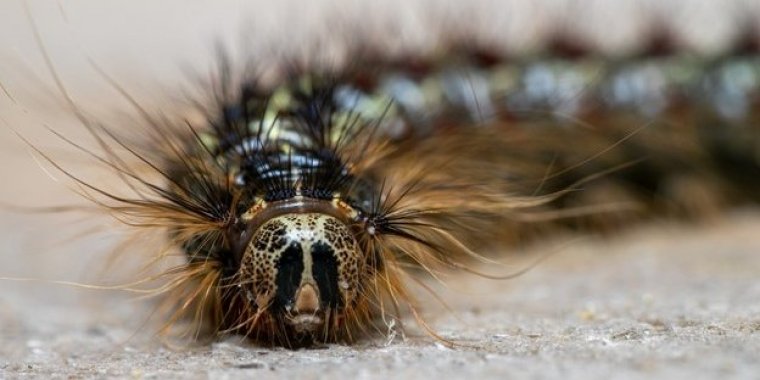| News / Science News |
For trees, carbs are key to surviving insect defoliation
A recent multi-year outbreak of an invasive moth killed thousands of acres of oak trees across southern New England but interspersed among the wreckage were thousands of trees that survived.

Study reveals threshold of reserves necessary for trees to survive insect defoliation. Photo: Harvard Forest
Research by scientists at Harvard University, University of Massachusetts Amherst, Boston University, and MIT reveals that a tree's carbohydrate reserves are crucial to surviving an onslaught of hungry caterpillars. The work took place at the Harvard Forest Long-Term Ecological Research site.
"Nature is a dense web of connections," says Doug Levey, a program director in NSF's Division of Environmental Biology. "The hard part is putting a number on those connections -- measuring them -- so that we can predict what will happen in a changing world."
The biology of trees makes them resilient to even the most severe stressors, scientists have found. "Oak trees, for example, are planners, in a way," says Meghan Blumstein, a co-author of the study.
"Some of the food they make during the growing season is used immediately for energy and some is stored in the stems and roots for a rainy day. With stored carbs, they are able to immediately create a new flush of leaves after an insect outbreak."
But trees are not invincible, and the study reveals the specific threshold of reserves necessary for them to survive: 1.5% carbohydrates in their dried wood -- or about 20-25% of their normal storage capacity.
The repeated emergence of Lymantria dispar, an insect formerly known as the "gypsy moth," from 2016 to 2018 challenged trees' resilience by defoliating them year after year.
"The trees that died were the trees that were out of reserves," says lead author Audrey Barker Plotkin, a scientist at Harvard Forest.
The location of the trees mattered. The research team found that trees growing along forest edges tended to have more reserves, even at the same level of defoliation, making them more resilient than interior forest trees.
The scientists believe that forest edge trees may have simply experienced less severe defoliation in the years before 2018, and, because edge trees get lots of light, they may also be able to rebound without drawing down their reserves as much as their interior forest counterparts.
The study provides direct evidence that trees can indeed starve to death when insects invade. This understanding will help improve forest resilience models as new pests and a shifting climate continue to drive change in the region. (National Science Foundation)
YOU MAY ALSO LIKE





